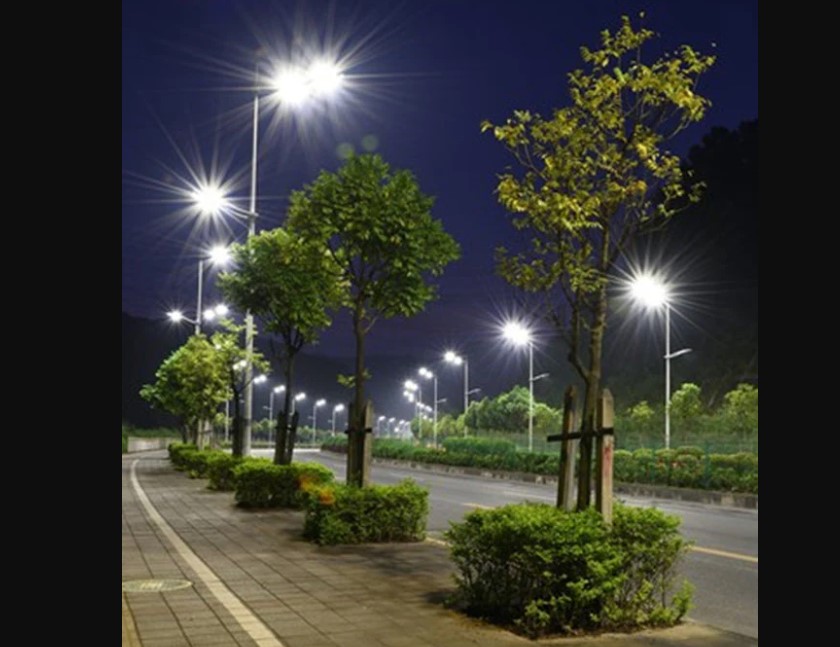Street lighting is an essential public service that enhances safety and security in urban and rural areas. However, it also represents a significant portion of municipal energy consumption and expenditures. As cities strive to reduce their environmental impact and manage budgets more efficiently, innovative solutions for street light control are becoming increasingly important. This article explores various cost-effective street light control strategies, their benefits, and real-world applications that demonstrate their effectiveness in saving energy and money.
The Importance of Street Lighting
Street lighting plays a crucial role in:
- Public Safety: Proper illumination reduces accidents and deters crime, making streets safer for pedestrians, cyclists, and drivers.
- Economic Activity: Well-lit streets encourage nightlife and boost local businesses by creating a welcoming environment.
- Quality of Life: Adequate lighting enhances the overall quality of urban life, contributing to the aesthetic appeal of neighborhoods and public spaces.
Despite these benefits, traditional street lighting systems are often energy-intensive and costly to maintain. Therefore, optimizing these systems is critical for municipalities aiming to balance functionality, sustainability, and budget constraints.
Traditional Street Lighting Challenges
Traditional street lighting systems, typically powered by high-intensity discharge (HID) lamps such as high-pressure sodium or metal halide lamps, pose several challenges:
- High Energy Consumption: These lamps consume a significant amount of electricity, leading to high operational costs.
- Maintenance Costs: HID lamps have relatively short lifespans and require frequent maintenance and replacement.
- Fixed Lighting Schedules: Conventional systems often operate on fixed schedules, leading to unnecessary energy use during periods of low traffic.
Addressing these challenges necessitates the adoption of smarter, more efficient street lighting technologies and control strategies.
Modern Street Lighting Solutions
Modern street lighting solutions incorporate advanced technologies to enhance efficiency, reduce costs, and minimize environmental impact. Key innovations include:
LED Lighting:
- Energy Efficiency: LEDs (Light Emitting Diodes) use up to 50-70% less energy than traditional HID lamps.
- Longevity: LEDs have a longer lifespan, reducing maintenance costs and frequency of replacements.
- Flexibility: LEDs offer better light quality and can be easily dimmed or brightened as needed.
Smart Control Systems:
- Adaptive Lighting: These systems adjust lighting levels based on real-time conditions such as traffic flow, weather, and time of day.
- Remote Monitoring and Control: Centralized control systems allow for remote monitoring and management of street lights, enabling quick response to maintenance issues and optimization of lighting schedules.
- Motion Sensors: Motion-activated lights increase illumination when movement is detected, enhancing safety while conserving energy during low-traffic periods.
Renewable Energy Integration:
- Solar-Powered Street Lights: Combining LED lights with solar panels and battery storage systems can reduce dependency on the grid and further lower operational costs.
- Hybrid Systems: Hybrid systems can utilize both solar and grid power, ensuring reliability while maximizing the use of renewable energy.
Benefits of Cost-Effective Street Light Control
Implementing modern, cost-effective street light control systems offers multiple benefits:
- Reduced Energy Consumption and Costs: LED lighting and smart controls significantly lower energy usage, translating into substantial cost savings for municipalities.
- Decreased Maintenance Expenses: The durability and longevity of modern lighting technologies reduce the frequency and cost of maintenance.
- Enhanced Public Safety: Improved lighting quality and adaptive controls ensure well-lit streets, enhancing safety for residents and visitors.
- Environmental Sustainability: Lower energy consumption and the integration of renewable energy sources reduce carbon emissions and environmental impact.
- Data-Driven Management: Smart control systems provide valuable data for optimizing lighting schedules and maintenance, leading to more efficient operations.
Challenges and Considerations
While the benefits of modern street lighting systems are clear, several challenges and considerations must be addressed to ensure successful implementation:
- Initial Investment: Upgrading to LED lighting and smart control systems requires significant upfront investment. However, the long-term savings typically justify the initial costs.
- Technical Expertise: Implementing and managing advanced lighting systems requires technical expertise and training for municipal staff.
- Integration with Existing Infrastructure: Retrofitting existing lighting infrastructure can be complex, requiring careful planning and coordination.
- Public Acceptance: Ensuring public awareness and acceptance of new lighting technologies is crucial for the success of such projects.
Future Trends in Street Lighting
The future of street lighting is poised to evolve with advancements in technology and increasing focus on sustainability. Emerging trends include:
- Internet of Things (IoT) Integration: IoT-enabled street lights can communicate with other smart city systems, enhancing urban management and efficiency.
- Artificial Intelligence (AI) and Machine Learning: AI and machine learning algorithms can optimize lighting schedules and maintenance based on predictive analytics.
- Dynamic Lighting: Advances in dynamic lighting technology will allow for even more precise control of lighting levels, tailored to specific needs and conditions.
- Enhanced Connectivity: Improved connectivity, including 5G networks, will facilitate real-time data transfer and control of street lighting systems.
Conclusion
Cost-effective street light control is a crucial component of modern urban management, offering significant benefits in terms of energy savings, cost reduction, and environmental sustainability. By adopting advanced technologies such as LED lighting, smart control systems, and renewable energy integration, municipalities can enhance public safety, reduce operational costs, and contribute to global sustainability efforts.
Successful implementations in cities like Los Angeles, Copenhagen, and Jaipur demonstrate the transformative potential of these solutions. As technology continues to advance, the future of street lighting promises even greater efficiency and integration, paving the way for smarter, more sustainable cities.
In conclusion, saving energy through efficient street lighting is not just a matter of cutting costs—it’s about creating better, safer, and more sustainable urban environments for generations to come. As municipalities around the world continue to innovate and invest in modern lighting solutions, the dual goals of saving energy and saving money will become increasingly achievable, benefitting both communities and the planet.

